Querétaro, known officially as Santiago de Querétaro, is a city located in the state of Querétaro in central Mexico, and it has been recognized as a UNESCO World Heritage site for its outstanding historical and cultural value. Founded in the 16th century, Querétaro has a rich yet dark colonial past that can be seen in its stunning architecture, picturesque streets, and well-preserved buildings that date back centuries.
The city is home to numerous historic landmarks and monuments, including the impressive Aqueduct of Querétaro, which spans more than one kilometer and has over 70 arches. Visitors can also explore the city’s many museums, such as the Regional Museum of Querétaro, which showcases the city’s history and culture through exhibits and artifacts. Querétaro’s charming atmosphere and cultural significance make it a must-visit destination for anyone interested in Mexico’s complex colonial heritage and history.
Table of Contents
Querétaro’s History
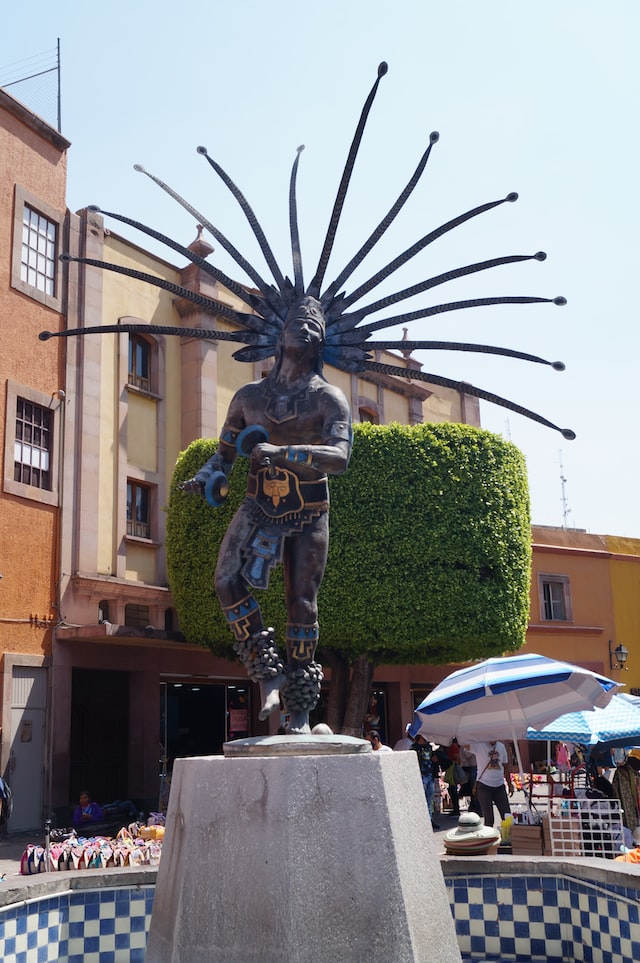
Querétaro has a rich history that dates back to the 16th century when it was founded by the Otomi and Chichimeca indigenous people. However, it was the Spanish conquest that shaped the city’s existing architecture and cultural heritage. In the 18th century, the city became a hub for silver mining and trade, attracting wealthy Spanish families who built grand mansions, churches, and public buildings in the Baroque and Neoclassical styles. The city’s historic center, known as Centro Histórico, is a perfect example of colonial architecture with its colorful facades, ornate balconies, and majestic churches.
To build the Spanish colonial architecture in Querétaro, many ancient structures were destroyed or repurposed. The Spanish colonizers dismantled pre-existing indigenous temples and buildings, including the Aztec temple that once stood on the site of the Templo de San Francisco. The Spanish also repurposed many indigenous buildings, such as the Casa de la Zacatecana, which was built on the foundations of a pre-Columbian pyramid. Despite the destruction of pre-existing structures, some indigenous and mestizo (mixed-race) elements can still be seen in the architecture and culture of modern-day Queretaro.
Moreover, Querétaro played a pivotal role in Mexico’s struggle for independence from Spain. In 1810, a group of Mexican conspirators, including Miguel Hidalgo, met secretly in the city to plan the rebellion against Spanish rule. The conspiracy was discovered, and many of the participants were arrested, including Hidalgo. Despite this setback, the movement for independence continued, and in 1821, Mexico finally achieved independence from Spain. Today, Querétaro celebrates its role in Mexican history with numerous museums, monuments, and festivals that pay tribute to the country’s heroes and struggles.
Getting to Querétaro
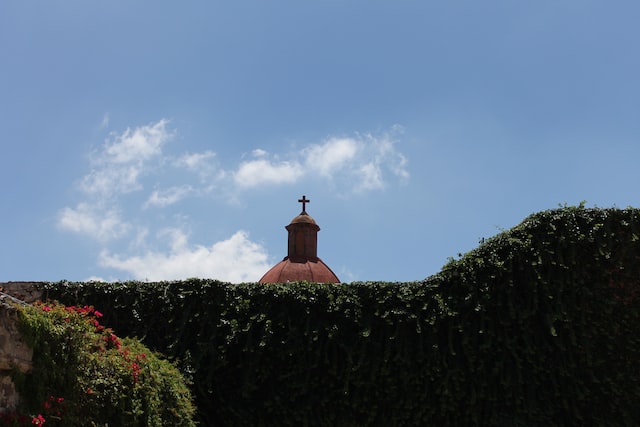
Querétaro is located about 220 km (135 miles) north of Mexico City. The best way to get there is by car, bus or taxi. If you’re flying into Mexico, you can also take a short connecting flight from Mexico City to Querétaro International Airport.
What to See in Querétaro
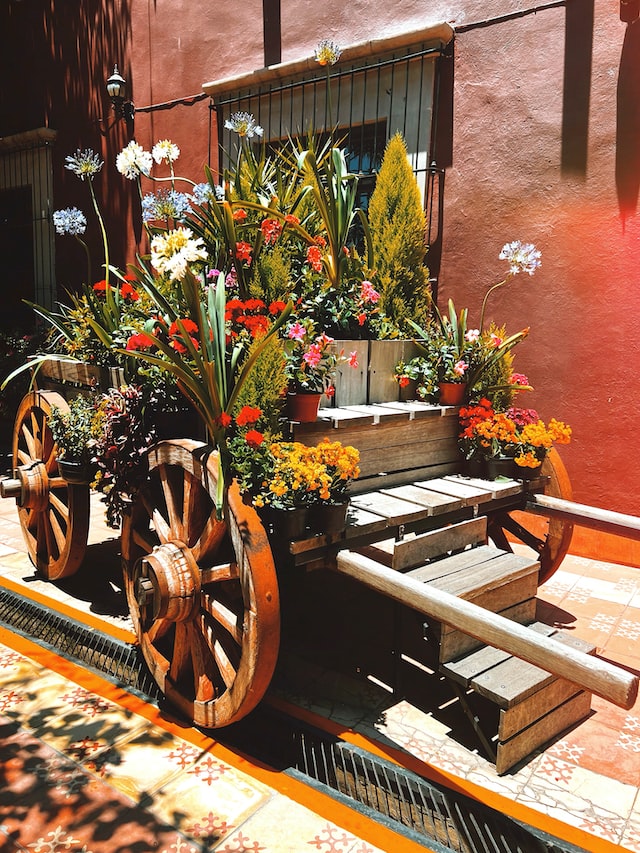
Querétaro has many must-see attractions, including the Aqueduct of Querétaro, the stunning Convento de la Santa Cruz, and the beautiful Jardin Zenea. The Museo de la Ciudad is an excellent place to learn more about the city’s history.
The Convento de la Santa Cruz is one of Querétaro’s most iconic landmarks. Construction of the convent began in 1548 and continued for over 50 years. The convent was built by Franciscan monks on the site of an ancient indigenous temple, and the building reflects both indigenous and European influences. The convent has been used for a variety of purposes over the centuries, including as a hospital, barracks, and even a prison. Today, it is a museum and cultural center, featuring exhibitions on the history and culture of Querétaro and its people. The Convento de la Santa Cruz is a must-see attraction for visitors to Querétaro and a testament to the city’s rich history and cultural heritage.
Jardin Zenea is a beautiful public park located in the heart of Querétaro’s historic center. It’s a popular gathering spot for locals and visitors alike, with a tranquil atmosphere that provides a welcome respite from the hustle and bustle of the city. The park is surrounded by historic buildings, including the Government Palace and the Temple of San Francisco, which adds to its charm. Jardin Zenea is named after Francisco Antonio de la Zena, a prominent politician and general who was born in Querétaro in the 18th century. Visitors can enjoy a leisurely stroll through the gardens, admire the fountains and sculptures, and relax on one of the many benches in the shade of the trees. There are also several food stalls selling typical Mexican street food, making it a great spot to grab a quick and tasty bite to eat.
Where to Stay in Querétaro
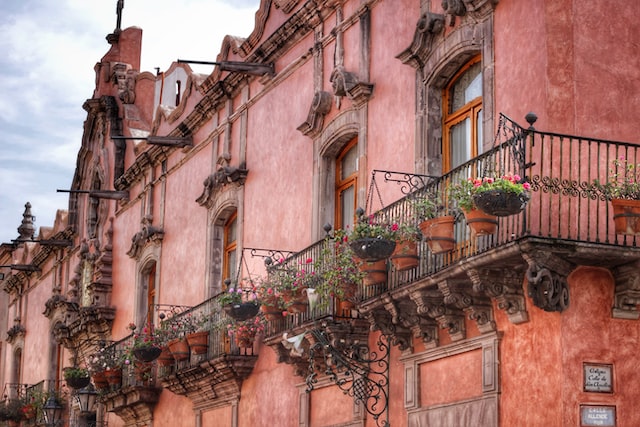
Querétaro has a wide range of accommodation options that cater to all types of travelers. Whether you’re looking for luxury accommodations or more budget-friendly options, there’s something for everyone. Here are some highly-rated options:
- Hacienda Jurica by Brisas: This colonial-style hotel offers a unique experience for guests looking to immerse themselves in the city’s history. It’s located just a few miles outside of the city center and offers beautiful gardens, a pool, and on-site restaurants.
- Hotel Mirador: This Tequisquiapan hotel offers straightforward accommodations. It’s located in the downtown area, making it a great option for those who want to be close to the top attractions or wine and cheese tours. The hotel offers comfortable rooms and an indoor pool.
- La Casa del Atrio: This boutique hotel is located in the heart of the Centro Histórico and offers stylish rooms and a rooftop terrace with stunning views of the city. It’s a great option for those who want to be close to the city’s best restaurants and cafes.
- Hotel Mesón de Santa Rosa: This hotel is housed in a beautifully restored colonial building and offers spacious rooms and a central courtyard. It’s located in the Centro Histórico and is close to many of the city’s top attractions.
- Hostal Galerie Querétaro: This budget-friendly hostel offers dormitory-style rooms and private rooms. It’s located in the Centro Histórico and offers a communal kitchen and a rooftop terrace with great views of the city.
These are just a few examples of the many accommodation options available in Querétaro. No matter what your budget or travel style, you’re sure to find a place to stay that suits your needs.
But if you were thinking more along the lines of a homestay, there are many Airbnb options available in Queretaro. You can find a variety of listings, from cozy apartments to spacious villas, in different areas of the city. Remember, it’s always a good idea to read the reviews and check the host’s ratings before booking an Airbnb to ensure that it meets your expectations.
Places to Eat in Querétaro

Querétaro has a diverse culinary scene that caters to all budgets and tastes. Here are some highly-rated restaurants in the city, ranging from luxury dining to more budget-friendly options:
- Mercado “La Cruz”: Located in a large shopping area of Querétaro, La Cruz offers an extensive collection of local vendors offering their home-cooked dishes. You cannot beat the immersion of dining at a local market when visiting a new city. This authenticity also comes at a very affordable price!
- La Mariposa: This family-owned restaurant has a long history in the city. Visitors love the relaxed ambiance and delicious food.
- La Biznaga: This quirky and fun restaurant in the historic center of Querétaro serves modern Mexican cuisine with a focus on fresh, local ingredients. La Biznaga is committed to sustainability and sources its ingredients from small, local producers. Visitors appreciate the restaurant’s fun decor and excellent service.
- El Mesón de Chucho el Roto: This cozy restaurant is located in the historic center near La Zacatecana museum and serves traditional Mexican dishes at affordable prices. Visitors rave about the friendly service and authentic atmosphere.
- Casa de la Marquesa: For a truly luxurious dining experience, head to Casa de la Marquesa. This elegant restaurant is located in a historic mansion that’s now a 4-star hotel and serves gourmet Mexican cuisine. Visitors love the beautiful decor and attentive service.
All of these restaurants offer something unique and special, from traditional Mexican street food to farm-to-table cuisine and upscale dining. In addition, many of these restaurants have a commitment to sustainability and use locally-sourced and organic ingredients. No matter what your budget or taste, Querétaro has something to offer.
How Long to Stay in Querétaro
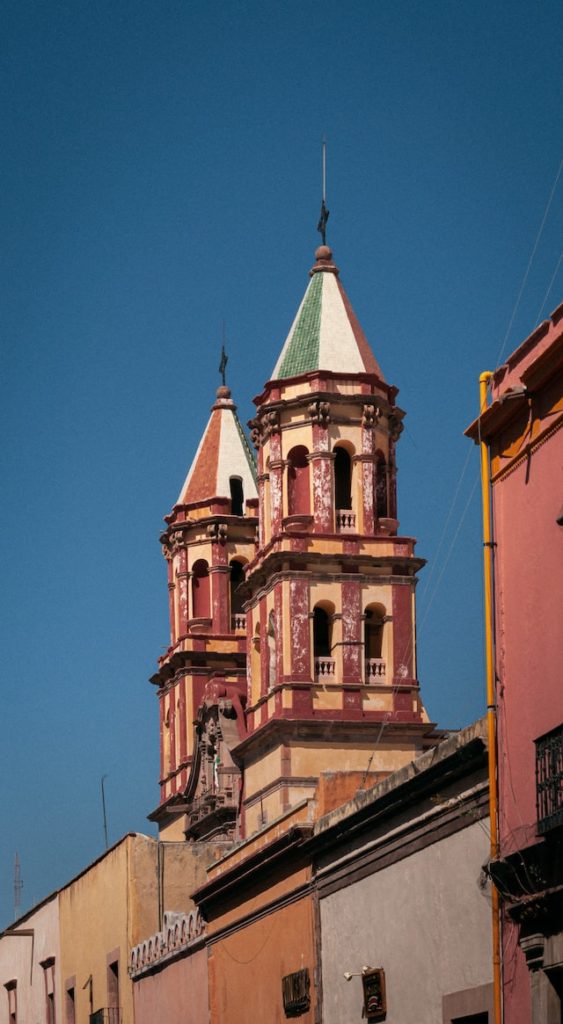
Querétaro is a city with so much to offer that it’s hard to see everything in just one day. If you have at least two days to spare, you can explore the city’s charming streets and learn about its rich history. On the first day, start by visiting the historic center, which is home to many of the city’s top attractions, including the Plaza de Armas, the Templo de San Francisco, and the Jardín Zenea. Take your time to wander through the picturesque streets, admire the colonial architecture, and visit some of the local shops and markets.
For lunch, head to La Mariposa, which is located in the heart of the historic center. After lunch, continue exploring the city by visiting the Museo de la Ciudad, which provides a great overview of Querétaro’s history and culture. In the evening, head to the Teatro de la República, which is located in the Plaza de la Independencia. This historic theater has hosted many important events throughout Mexico’s history, including the signing of the country’s constitution in 1917.
On the second day, consider taking a day trip to one of the nearby attractions. If you’re interested in wine, cheese, and hot springs, then the Ruta del Queso y el Vino is a great option. Alternatively, you could visit the Sierra Gorda Biosphere Reserve, which is located about three hours away from Querétaro. This reserve is home to many endangered species and has several hiking trails that allow visitors to explore its natural beauty. Or you could drive just under an hour to Peña de Bernal, a wonderful day trip for hikers and families who enjoy the outdoors.
Regardless of how you choose to spend your time in Querétaro, two days will give you a taste of the city’s unique blend of history, culture, and natural beauty. If you’re able to extend your stay, you’ll have even more opportunities to explore this charming colonial city and its surroundings.
Day Trip Options from Querétaro
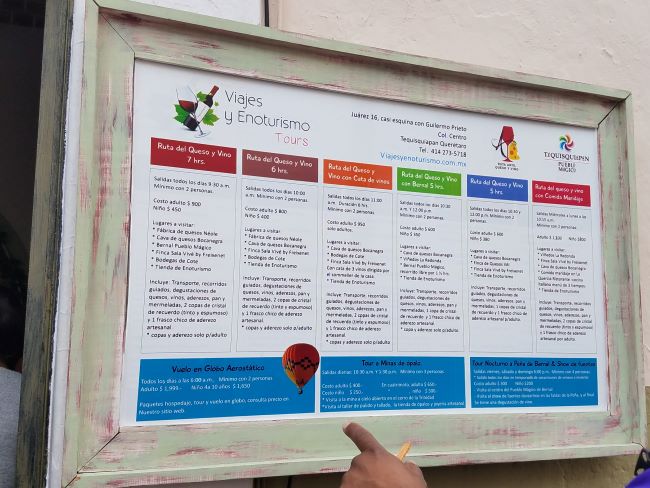
Wine and Cheese Tours
Tequisquiapan, a small town in the state of Queretaro also called Tequis for short, has become one of the most popular tourist destinations in the region, known for its wine and cheese production. Just a 45-minute drive from the capital city of Santiago de Queretaro, Tequis is the perfect destination for a day trip. The Tequis wine region is one of the most important in Mexico, with a tradition dating back to the 16th century when the Spanish introduced grape cultivation to the area. Today, the region is home to many vineyards, producing some of the country’s finest wines.
One of the most popular tours in the region is the Ruta del Queso y el Vino (Route of Cheese and Wine), which takes visitors through the local wine and cheese region, offering tastings along the way. This tour is an excellent way to explore the local culture, learn about the history of wine and cheese production in the region, and sample some of the best products in Mexico. The tour takes visitors to several wineries and cheese factories, allowing them to see firsthand the process of wine and cheese production.
The Ruta del Queso y el Vino tour typically lasts around six hours and includes transportation from Santiago de Queretaro. Visitors will have the opportunity to taste a variety of wines, including red, white, and rosé, as well as different types of cheeses, including artisanal and aged cheeses. The tour guides are knowledgeable and will provide information about the history of wine and cheese production in the region, as well as information about the different types of wines and cheeses that visitors will be tasting.
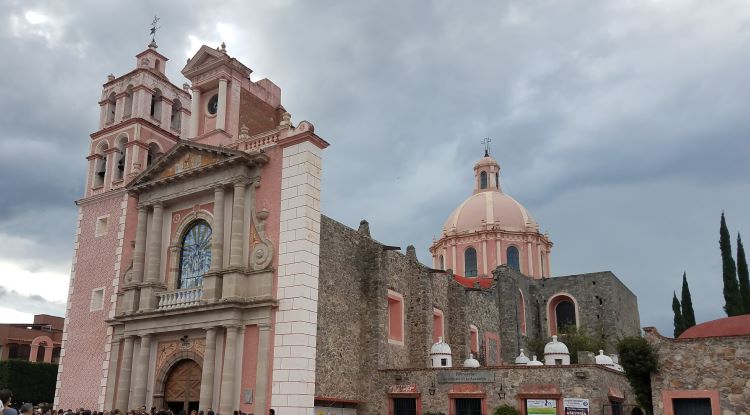
Apart from wine and cheese tours, Tequisquiapan is a charming town with a beautiful historic center and several other attractions to explore. Visitors can wander through the picturesque streets, visit the local market, and admire the colonial architecture. One of the main attractions is the Parroquia de Santa María de la Asunción, a beautiful church in the center of town with an impressive bell tower. Another popular destination is La Pila Park, a large park with a lake and several walking trails.
Tequisquiapan is an ideal destination for those seeking to explore the wine and cheese region of Mexico. The Ruta del Queso y el Vino tour offers an excellent opportunity to learn about the local culture, history, and traditions, while also tasting some of the best wines and cheeses in the country. Additionally, the town of Tequisquiapan itself is a charming destination with many attractions to explore, making it the perfect day trip from Santiago de Queretaro.
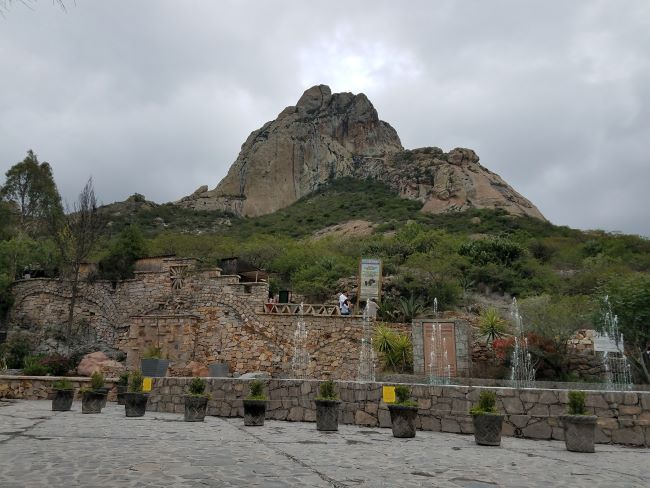
Peña de Bernal
Peña de Bernal is a small town located about an hour’s drive from Santiago de Queretaro, and it’s a popular day trip destination for visitors to the area. The main attraction in Peña de Bernal is the Peña de Bernal monolith, which is a towering rock formation that rises over 1,200 feet above the town. The monolith is a popular spot for hiking and rock climbing, and it offers stunning views of the surrounding landscape.
Aside from the monolith, Peña de Bernal is known for its picturesque streets and colonial architecture. The town is home to several historic buildings, including the Templo de San Sebastián and the Casa de Piedra, which date back to the 18th century. Visitors can also enjoy browsing the local artisan shops and sampling the town’s traditional cuisine, such as gorditas and cecina.
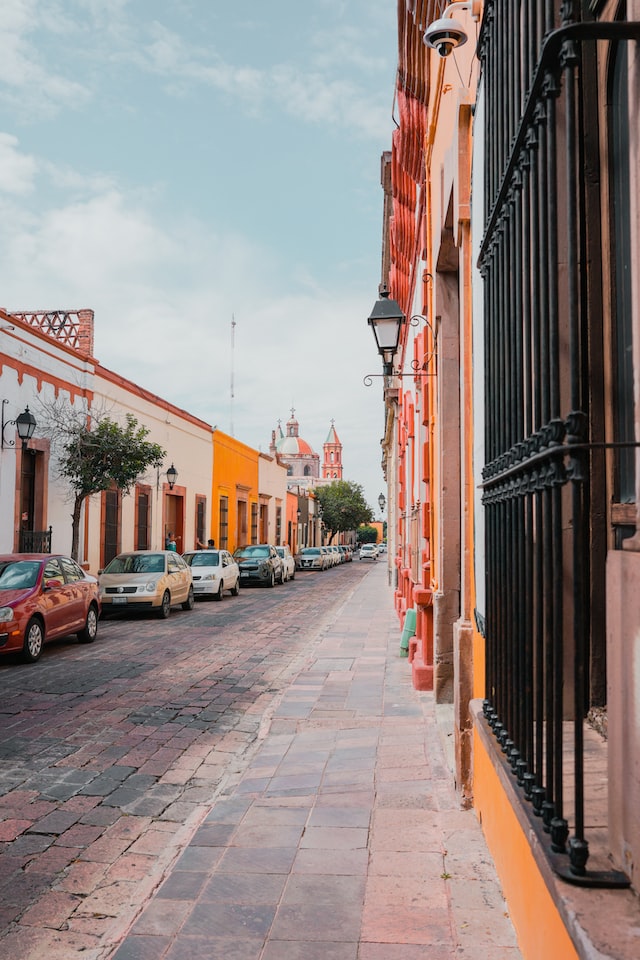
Overall, a day trip to Peña de Bernal is a great way to experience the natural beauty and cultural heritage of the region. Whether you’re interested in hiking, history, or simply soaking up the small-town charm, Peña de Bernal has something to offer.
Querétaro’s location in central Mexico makes it an ideal base for exploring other cities with colonial architecture as well. For instance, San Miguel de Allende is just a short drive away and is renowned for its well-preserved Spanish colonial architecture, colorful buildings, and cobbled streets. Another nearby city worth visiting is Guanajuato, a UNESCO World Heritage site famous for its mining past, picturesque alleys, and vibrant cultural scene.
In addition, Querétaro is well-connected to other parts of the country, with several major highways passing through the city or connecting you to major airports. This means that visitors can easily explore other regions of Mexico, such as the beaches of the Pacific Coast while you stay in Cabo San Lucas or the ancient ruins of the Maya and Aztecs.
Whether you’re interested in history, culture, food, or just looking for a relaxing getaway, Querétaro has something to offer. Its combination of colonial charm and modern amenities makes it an ideal destination for anyone looking to experience the rich culture of Mexico.
